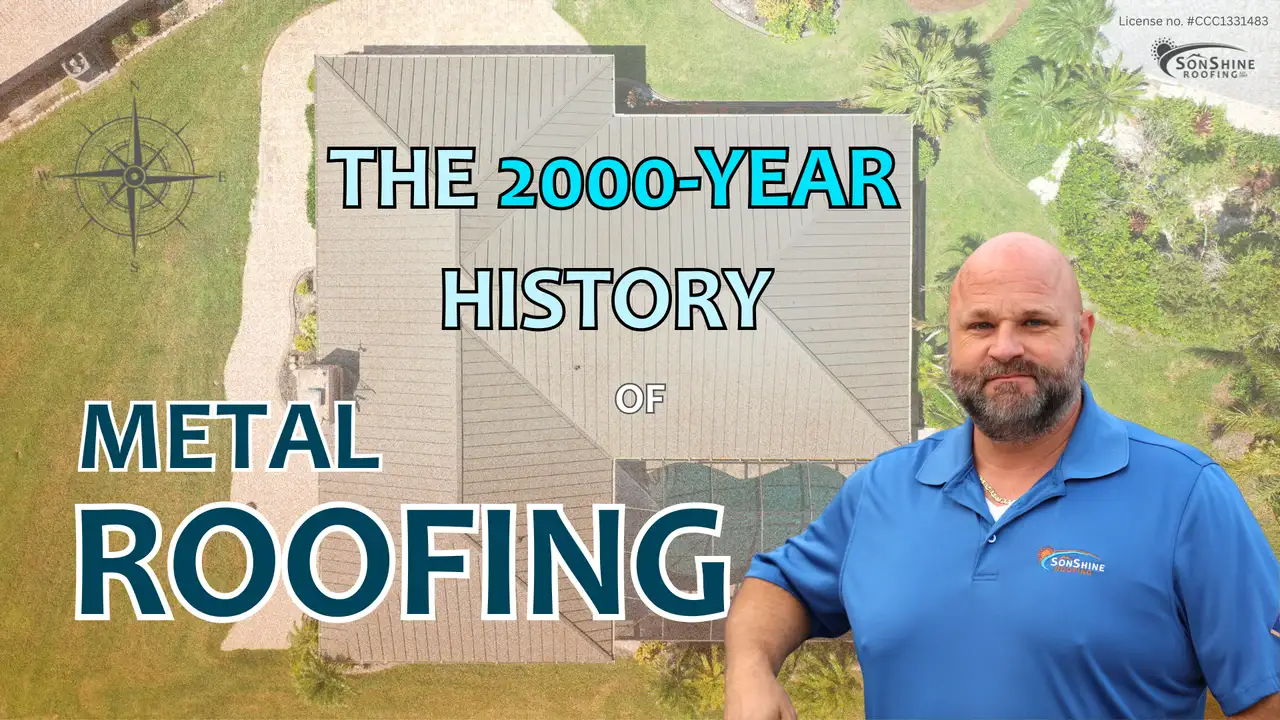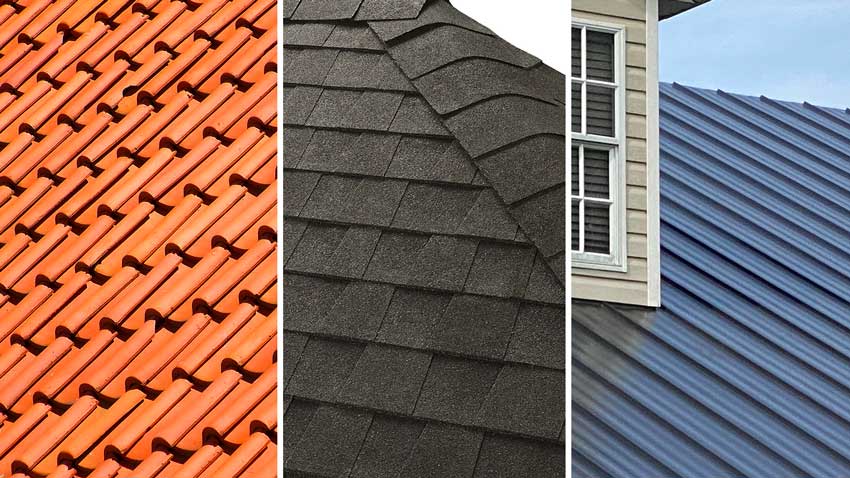How Long Does a Tile Roof Last in Florida?
Television commentator Micheal Muircheartaigh once said, “No known roof is as beautiful as the skies above.”
Most of us agree with that sentiment—unless, of course, you can see the sky through your roof.
Hopefully, you never experience anything as dramatic as a hole in your roof. But like all good things in life, no roof lasts forever. Even the best roofing materials installed by the best roofing company will deteriorate over time.
When do you know that you’re nearing the end of your tile roof lifespan? How long does a tile roof last in Florida, on average?
In this post, we’ll answer those important questions and more. Keep reading!
Factors in Tile Roof Life Expectancy
Tile roofs don’t come with an expiration date, so there’s no set answer for how long your roof will last. Properly installed and maintained, you could get 50 years or more out of your tile roof. (Some tile roofs in Europe have been around for centuries!) On the other hand, inferior materials, poor maintenance, or one major hurricane could significantly alter that lifespan.
Here’s a quick rundown of 3 factors that affect the lifespan of your roof:
1. Climate & Weather
The warm Florida climate is great for relaxing, but constant heat and humidity wreak havoc on your roof over time. Plus, with over 120 hurricanes since 1850 and frequent tornadoes, severe weather can shorten a roof’s lifespan. Roof tiles manufactured today are built for high winds and hot climates, but they’re not invincible.
2. Materials
Your roof is only as good as the materials used. Clay, slate, and concrete tiles are all durable options. Clay tiles cost more but last longer, while concrete tiles offer a balance of price and performance. No matter which you choose, prioritize quality materials for long-term durability.
3. Maintenance
Regular roof maintenance is essential. Tasks like cleaning gutters, trimming trees, ensuring proper insulation and ventilation, and scheduling regular inspections can significantly extend your tile roof’s lifespan. While you can’t control the weather, you can certainly control upkeep.
Signs You’re at the End of Your Tile Roof Lifespan
How can you tell if your tile roof is nearing the end? Start with the age. If it’s been several decades since installation, it may be time for a replacement or serious repairs.
Look for these warning signs:
- Broken, cracked, or missing tiles
- Buildup of debris like leaves and branches
- Signs of water damage, leaks, or sagging areas
Also, inspect your underlayment and roof flashing—components that often wear out before tiles do. Sagging wood decking can be a sign of deeper issues such as rot or pests.
Tile Roof: A Good Choice for Florida Homes?
Is a tile roof worth it in Florida? Absolutely. Here’s why:
- Excellent resistance to salty, humid coastal air
- Superior performance in hurricane-force winds
- Improved energy efficiency and temperature regulation
While no roof is immune to damage, tile roofs tend to need fewer repairs and outlast many other roofing materials in our coastal climate.
So, How Long Does a Tile Roof Last in Florida?
The bottom line: with high-quality materials, regular maintenance, and weather awareness, your Florida tile roof could last 50 years or more.
If you’re unsure about the condition of your roof, don’t wait. Book a professional inspection with SonShine Roofing. We’ll help you make informed decisions about repairs or replacement options that fit your home’s needs.
Ready to take the next step? Contact us today and get peace of mind for years to come.













